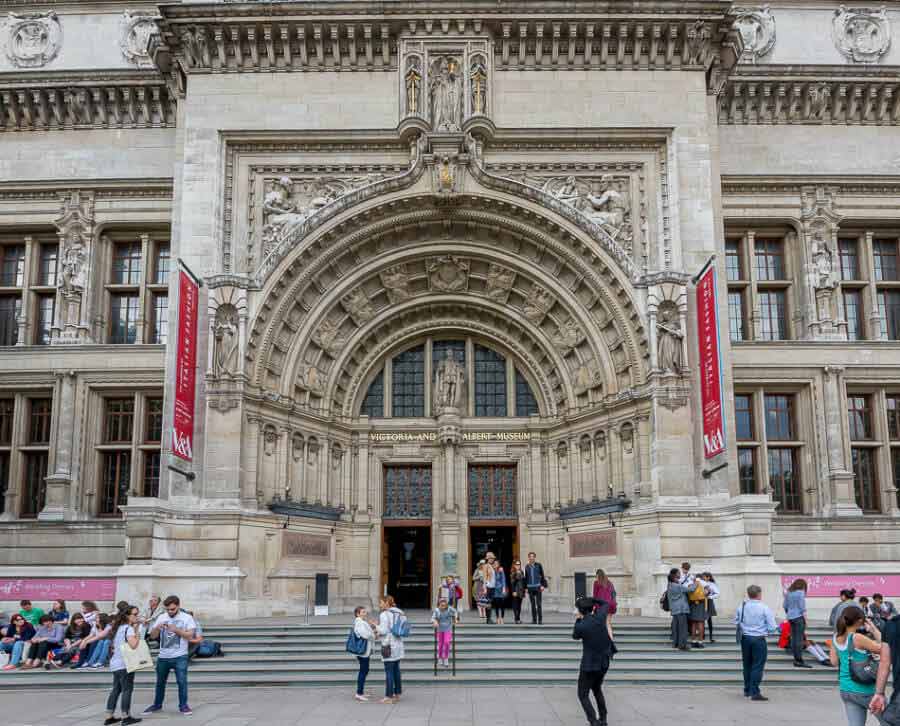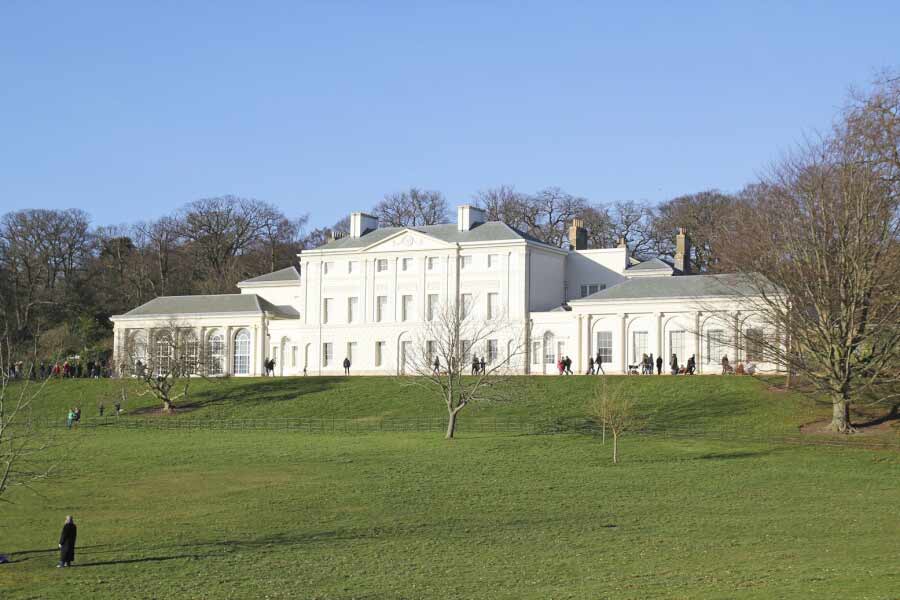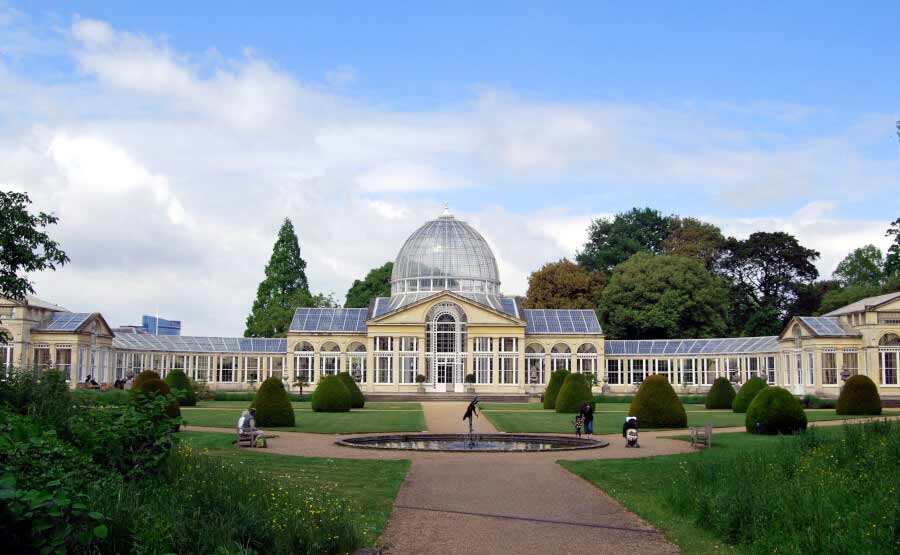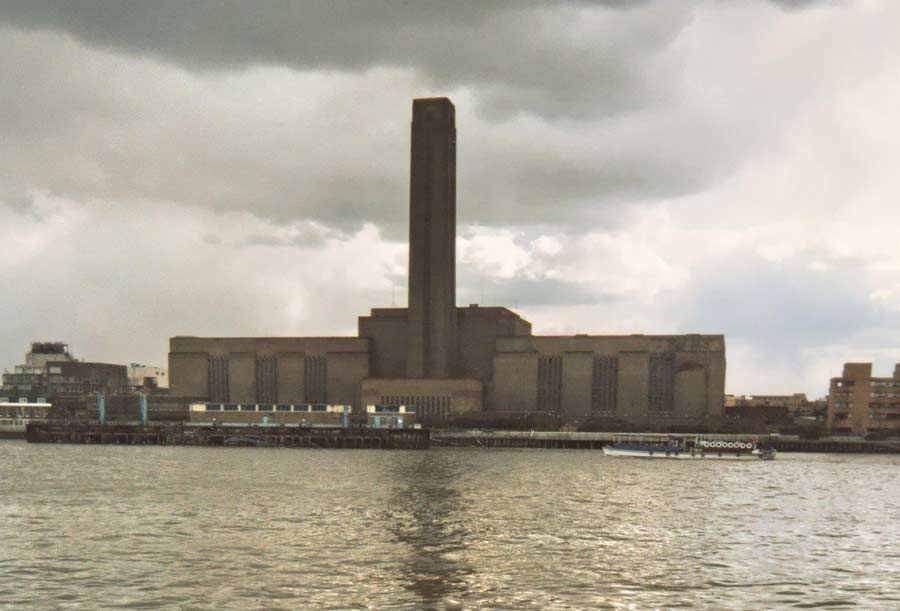- Selling
- Buying
- Landlords
- Renting
- New homes
- House prices
- International services
International offices
China, Hong Kong SAR, India, Indonesia, Malaysia, Middle East, Pakistan, Qatar, Singapore, South Africa, Thailand and Turkey
Learn more - Contact
- News
- Contact
- About us
- My B&R
Museums At Night
- Lifestyle & renting
- 04.05.16
- Benham and Reeves
|
Getting your Trinity Audio player ready...
|
Over centuries, London rose from being a cold outpost on the edge of Rome’s final frontier, to occupying the centre of the largest empire ever seen. The role of the Museums At Night initiative is to help catalogue this rich history for the benefit of all. Along the way, it is also interesting to discover the role which all these rich cultural influences have played in shaping the actual neighbourhoods in which these museums are situated.
The influence of Prince Albert

Every major international city has its own complement of museums, galleries and historic buildings, but there is something quite inspiring in the way that the cultural heart of London was shaped by a monarch’s grief and gratitude. In the mid-nineteenth century, Queen Victoria and her consort, Prince Albert, ruled over the largest empire the world had ever seen, with the Prince, in particular, keen to mark that achievement. He passionately believed that science should be held in the same high regard as the arts and to this end was determined to present Britain as an enlightened force for good and progress.
Tragically, Albert died before he could put all his plans in place but Victoria was determined to immortalise him and did so by dedicating a large swathe of South Kensington to her husband and his work. Today this area goes by the somewhat clunky name of “Albertopolis” but there is nothing awkward about the grandiose buildings that occupy its streets. In fact, SW7 and nearby SW3 remain two of our most popular rental destinations.
The Natural History, Science and Victoria & Albert museums are complemented by the Royal Albert Hall and Albert Memorial, all within walking distance from one another as well as Hyde Park. The area is dissected by the partially pedestrianised Exhibition Road, which is lined with pristine examples of period architecture, a fact that makes it particularly popular with foreign embassies and consulates.
In retrospect, the death of the Prince seems to have galvanised the architects of the Victorian era, particularly Albertopolis which contains many examples of their restless energy. The highly decorative Renaissance style of the V&A Henry Cole Wing contrasts sharply with the formal shape of the stucco terraces further along the road. The Jamaican High Commission and the Royal Geographic Society are two magnificent examples of revivalist ‘Queen Anne’ style buildings, both of which sport the distinctive tall chimneys and ornate brickwork that is characterised by the genre. This style also heavily influenced the apartment blocks that surround the famous Albert Hall. Albert Hall Mansions is a row of luxurious apartments demonstrating how the style borrowed heavily from continental building methods, with the distinctive pointed gables echoing Dutch and French fashions.
Inspired by literacy

Kings and Queens weren’t the only cultural taste-makers in London. Across town in the leafy streets of Hampstead, literary figures inspired the shaping of whole neighbourhoods in a way that owed more to a desire for harmony than for imperial dominance. Keats House, Burgh House and Kenwood House are all beautiful examples of pre-Victorian residences that have been turned into museums, not by Royal decree, but by the intervention of charitable individuals and organisations. Unlike the aforementioned homages to the Queen Anne style that exist in Kensington, Burgh House is the genuine article that has grown as successive owners acquired more land than money. In the process, a mini estate of Queen Anne style cottages were built in the surrounding streets. This charming enclave, where rental properties remain a firm favourite with corporate tenants, still has Burgh House at its centre which specialises in showing examples of Hampstead’s rich history and also hosts classical music recitals.
Keats House is where the famous poet John Keats lived and loved just before his ill-fated trip to Italy (he died of tuberculosis in Rome). It is a lovely example of late Georgian architecture with all the clean lines, massive rooms and tall ceilings associated with a time when the upper-middle classes didn’t have an army of servants to house and feed. Today, Keats House blends in with the other Georgian residences populating the area from South End Green and up along Downshire Hill. Looking majestically down on all this beauty is Kenwood House, an imposing stately home that attracts thousands of visitors, keen to view its priceless collection of paintings by Turner, Rembrandt and Gainsborough. Apart from being a museum, Kenwood also serves as a conservation area, concert venue and much sought-after film location.
Old influencing the new

Another grand house that draws crowds to view its grounds and art collection is West London’s Syon House, which is located within the picturesque parkland of Syon Park near Kew. Formerly the home of a 15th Century religious community, it passed into the hands of the Duke of Northumberland, whose family still own it today. Under their stewardship, Syon House has retained its idyllic charm overlooking the Thames towards Kew Gardens. This maritime setting has undoubtedly influenced the way new property developments in the area such as Kew Bridge are built. A combination of river views and landscaped gardens will always sell a property, no matter the historical period. A combination of river views and landscaped gardens will always sell a property, no matter the historical period. This is reflected by the recent opening of our Kew branch, which was created due to the high demand for properties in the area.
The history of Britain is inseparable from its growth as a maritime superpower, and the National Maritime Museum in Greenwich is the centrepiece of this proud heritage. Grouped with The Royal Observatory, Royal Naval College and The Cutty Sark, under the title of Royal Museums Greenwich, the museum is part of a UNESCO World Heritage Site and has breathtaking views of the Thames, Docklands and beyond. Although constructed as a naval HQ in the late 17th Century, typical military pragmatism ensured that the site was always being added to and the buildings that you see today are an amalgam of Georgian, Victorian and Edwardian modifications. Inside is an enormous collection of artefacts and images from over 400 years of triumph, disaster and endeavour as the nation sought to impose itself on history. Many buildings in the surrounding peninsula of Greenwich have an unmistakable nautical flavor, with new property developments such as New Capital Quay containing architectural references to the area’s seafaring past.
Perhaps there is no better example of the link between historical sites and present day life than in Colindale, where the RAF Museum and Beaufort Park share land that was once a strategic wartime airfield. Aircrafts from past and present are displayed in a vast indoor space containing many interactive exhibits that will really come into their own during the Museums At Night event. Even a building of this size could not occupy the entire airfield, but developers St George have put the excess land to good use by providing affordable contemporary apartments and additional on-site amenities. Watch out for Colindale Gardens, another large-scale property scheme coming soon to the area.

The 21st Century sees demand for a more informal interaction with museum buildings which has led to events like Museums At Night seeking to demystify the process of studying art, history and science. This same demand has also inspired some inventive location choices, such as a disused industrial site on the south bank of the Thames. The re-purposing of Southwark Power Station into a world-leading modern art hub has also transformed the area around it. Neo Bankside – the luxury development that stands next to the Tate Modern – has taken its lead from the museum, with eco-friendly exoskeletons and contemporary stylings. As London seeks to create a better life/work experience for its highly skilled workforce, we can expect to see more neighbourhood developments making design-led references to their particular social history, with museums playing a vital part in the process.
If you are interested in any of the areas or developments mentioned, please don’t hesitate to contact us for more information. You can also subscribe to our tenants newsletter, keeping you informed with all the latest property news.
Sign up to our newsletter
Subscribe
How much is your property worth?
Media enquiries
About the Author
Established in 1958, Benham and Reeves is one of London’s oldest, independently owned property lettings and sales agents. With specialism in residential sales, corporate lettings and property management in prime areas of London, the company operates from 21 prominently located branches and 14 international offices.View all posts by Benham and Reeves














